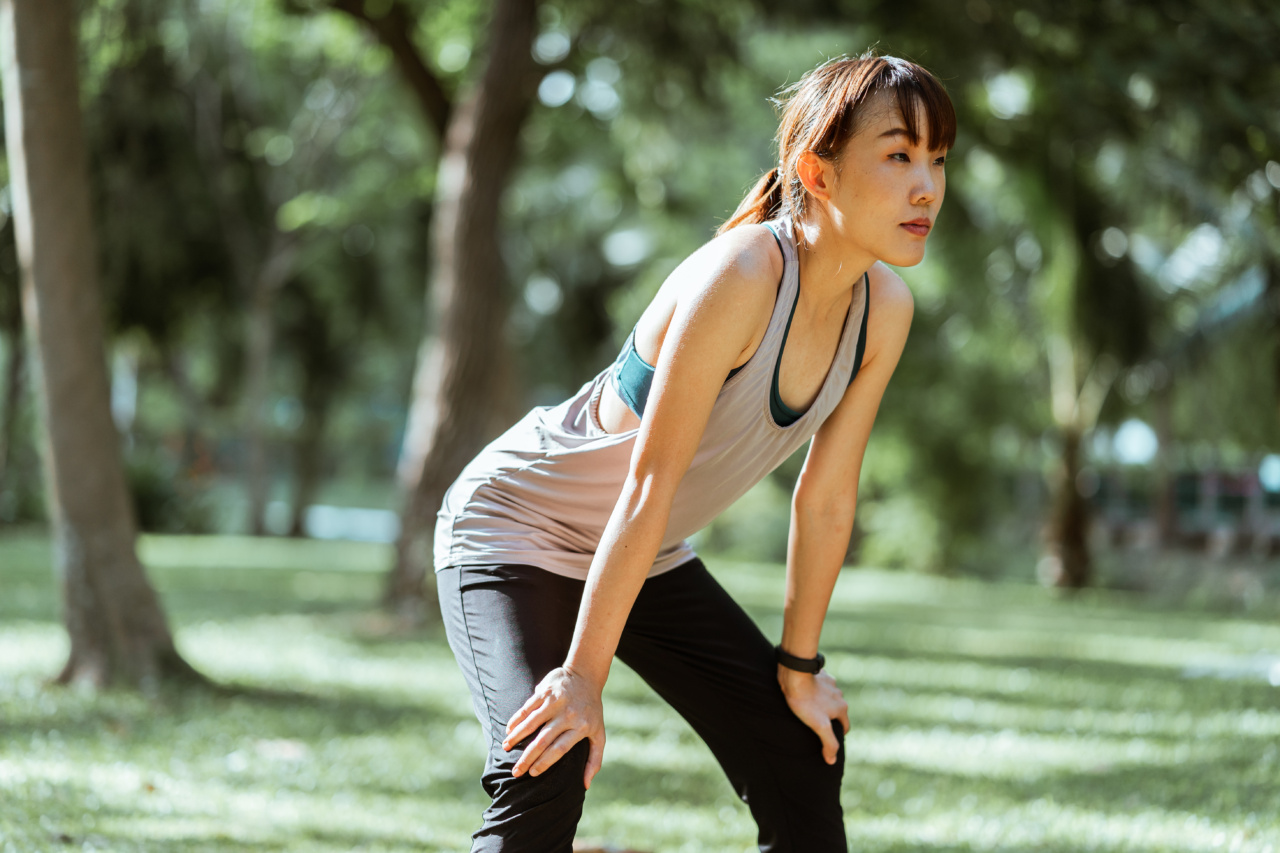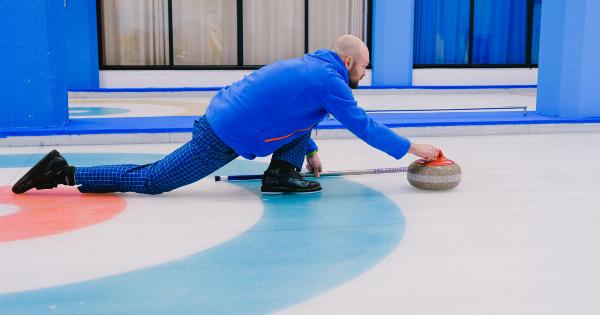Non-Runners’ Guide to Runner’s Knee
Runner’s knee is a commonly known injury among runners. But did you know that non-runners can also experience this condition?.
Runner’s knee is a term used to describe the pain around the kneecap, usually caused by damage to the knee joint or the surrounding tendons and ligaments.
This condition can be persistent, and it is essential to understand what causes it, how to identify it, and ways to treat it.
What is Runner’s Knee?
Runner’s knee, also referred to as patellofemoral pain syndrome, is a condition where pain develops around or behind the kneecap. The patella is the triangular bone situated in the front part of your knee.
The pain is usually sharp and may worsen when bending the knee, kneeling, squatting, or going downstairs.
Runner’s knee is generally a problem often experienced by runners and, therefore, its name. However, activities that involve repetitive bending of the knee, such as cycling, jumping, or walking, can also cause runner’s knee.
Symptoms of Runner’s Knee
The symptoms of runner’s knee are usually easy to identify. They include:.
- Sharp pain around the kneecap
- Pain that worsens when bending the knee, kneeling, squatting, or going downstairs
- Difficulty walking without limping
- A dull ache in the knee after long periods of sitting
- A popping or cracking sound when bending the knee
Causes of Runner’s Knee
Runner’s knee can be caused by several factors. These may include:.
- Overuse – engaging in activities that involve repetitive knee bending can cause irritation and inflammation in the kneecap tendons and joints
- Injury to the kneecap – trauma or injury to the kneecap can cause misalignment or instability, leading to runner’s knee
- Weak thigh muscles – weak quadriceps muscles can place undue stress on the kneecap, leading to instability and pain
- Misalignment of the kneecap – the patella and femur bone need to be in proper alignment for smooth movement of the knee. Misalignment can cause friction and irritation in the knee joint and tendons.
Prevention of Runner’s Knee
To prevent the occurrence or re-occurrence of runner’s knee, you can take the following measures:.
- Ensure that you engage in exercise suitable for your level of fitness
- Minimize running or any other high-impact activities prone to knee injuries
- Ensure that you take breaks in between your exercise routine to avoid overusing the knee joints and tendons
- Wear proper footwear for the activity you are engaging in to prevent undue stress on the knee
- Strengthen your quadriceps muscles through strength training to provide stability and support for your knee joint
- Protect your knees by wearing knee braces or pads if you have a history of knee injuries or weak knee joints.
Treatment of Runner’s Knee
When you suspect you have runner’s knee, it is essential to halt any activities that may worsen the pain and Book an appointment with a medical professional.
The treatment for runner’s knee may include:.
- Rest and avoid engaging in activities that place undue stress on the knee joint and tendons
- Use of ice packs to reduce swelling and inflammation
- Maintain healthy weight – being overweight can place undue stress on the knee joint
- Use of non-steroidal anti-inflammatory drugs (NSAIDs) such as ibuprofen and acetaminophen to reduce pain and inflammation
- Physical therapy to strengthen the quadriceps and other knee support muscles
- Wearing knee braces or sleeves to provide support to the knee joint
Conclusion
Runner’s knee is a condition that causes pain around the kneecap and is often caused by overuse activity or injury to the kneecap, poor foot support, or weak quadriceps muscles.
Proper diagnosis and treatment by a qualified medical professional are required to prevent further damage and ensure full recovery. Regular exercise, proper weight management, and strengthening of knee-supporting muscles can help prevent runner’s knee for both runners and non-runners.
























